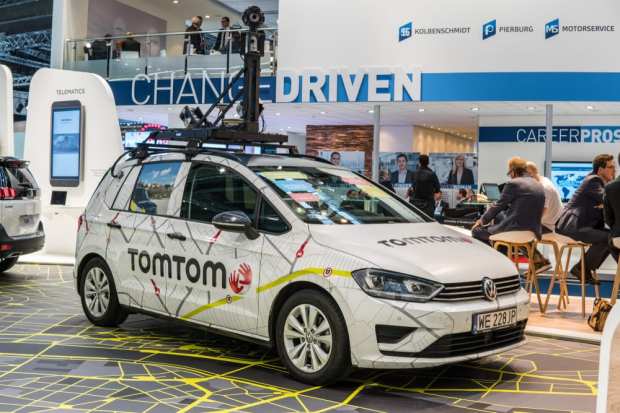TomTom Sells Telematics Unit In Ongoing Push With Google Maps

TomTom, a Dutch navigation and mapping company, has sold its telematics unit to Bridgestone Europe for €910 million ($1,033 billion).
Telematics is a service that helps companies manage fleets in real time, and lets them know the location of each vehicle along with a look into driver behavior. TomTom announced the sale on Tuesday, according to reports.
However, at the end of last year, TomTom launched a free map and traffic SDK for mobile developers. The move was calculated and aimed toward Google, which recently changed the way it prices the Google Maps API into a pay-as-you-go plan. Google also now needs a credit card and billing account for access to its API.
Consequently, some experts say that selling the telematics unit is another strategic move against Google’s navigation software. In September, Google signed exclusive deals with carmakers like Renault, Nissan and Mitsubishi in an effort to push android and Google Maps to those maker’s cars.
TomTom’s navigation business, which included a peripheral device that guided drivers, was hit hard by the rise of smartphones. In 2007, at the company’s peak, it was worth about $65 a share. Within two years it was down to $3. It also recently went through a round of layoffs which it said will let the company “become a more focused and agile company, shaping the future of driving with highly accurate maps, navigation software, and real-time traffic information and services.”
Leadership at TomTom tout the sale as one that will allow it to continue moving forward toward its goals.
“After a thorough review of strategic options, we have determined that the sale of Telematics to Bridgestone is in the best interest of both Telematics and our core location technology business,” TomTom CEO Harold Goddijn said. “We will continue to invest in our innovative map-making system, enabling faster map updates while lowering operational costs, paving the road toward autonomous driving.”
